Sabina, the countryside near Rome, is full of beauties to visit, including fairy small villages with gem churches, outstanding landscapes, but also creepy abandoned places...
Together with my boy and a friend of ours from a village in Sabina, we spent a couple of days in the countryside near Rome. It was so cool to go around some small villages, discovering hidden treasures and also a creepy place. In the last 4 years, I have been in Sabina and most of its villages many times, especially because many musicians friends are from that area, so it happened a lot to join them in their concerts over there.
However, there is one place near Fara Sabina which stands out from all the rest you can possibly see and visit in Sabina. And that is the former Italian Red Cross buildings. The area is completely abandoned, and its history is such an old one. As the website I linked here is only in Italian, I'll summarize for the #Hive community the most important incidents regarding this creepy abandonded place.
At the beginning, the place was called "Villa Rosset" and was built in the XIX century (1800s). Up until WWI, the Villa was the house of Auxiliary Bishop in Sabina. When WWI was over, the family Maraini from Rieti, after one of their relatives died during the conflict, decided to convert the Villa into a hospital for all the injured soldiers from the war.
However, when all the soldiers recovered and left the hospital, the place lost its function around the 1920s. At that point, the Savoia, reigning House in Italy at the time, bought the former villa-hospital after Queen Elena's will and advice. Next to the villa another building named "San Fiano", which was originally owned by Benedictine friars from Farfa as their summer house, was also purchased by the Savoia because the place lost its function after the remediation against malaria.
Both buildings were turned into "preventors", i.e. places dedicated to welcome, hospitalize and heal children from families sick with tuberculosis and other illnesses. Both places were equipped with all the healthcare machines and tools, and then they were donated to the Italian Red Cross. The young patients were welcomed and grown up in the Preventors until they graduated from elementary school.
At the end of 1943, under the German occupation, the two preventors were abandoned again and reused as a hospital for German soldiers that got injured during the war. In 1946 the buildings got back to their "Preventors" functions and in the '60s, in addition to the elementary school graduation, also the middle school graduation was granted to the young patients. In the first half of the '70s, after the tuberculosis faded away and because of the families' will to keep their children in their house, the Preventors of Fara in Sabina stopped all their activities definitely. For merit's sake, it is necessary to underline that the last worhty manager of the Preventors was Doc. Carlo Guelfo who dedicated his entire doctor life to this institution and to the Italian Red Cross.
From 1967 on, the place became a storage area for the Military Body of the Italian Red Cross.
We went around the entire area, even though it is officialy forbidden to enter any building or the area itself. But both locals and people from outstide Fara Sabina know perfectly how to walk in, just for curiosity and for taking cool pics, precisely like we did.
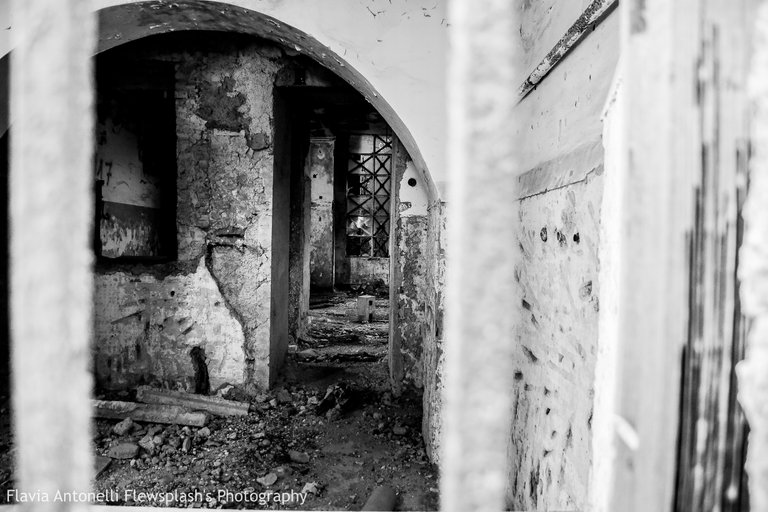

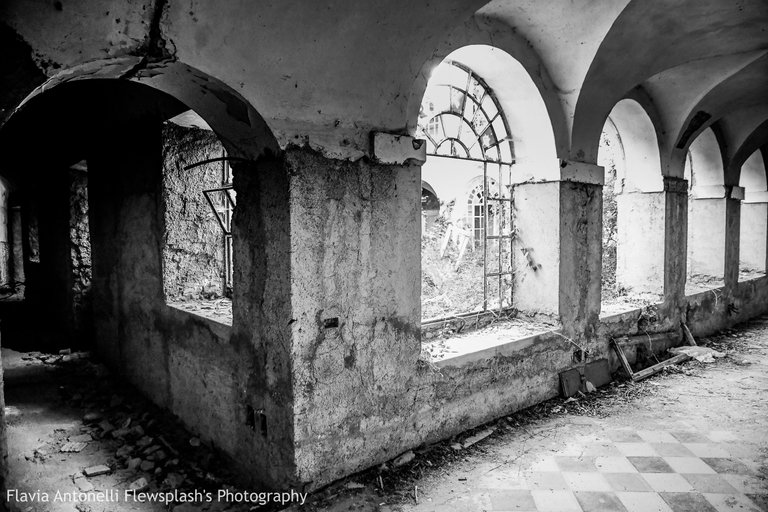
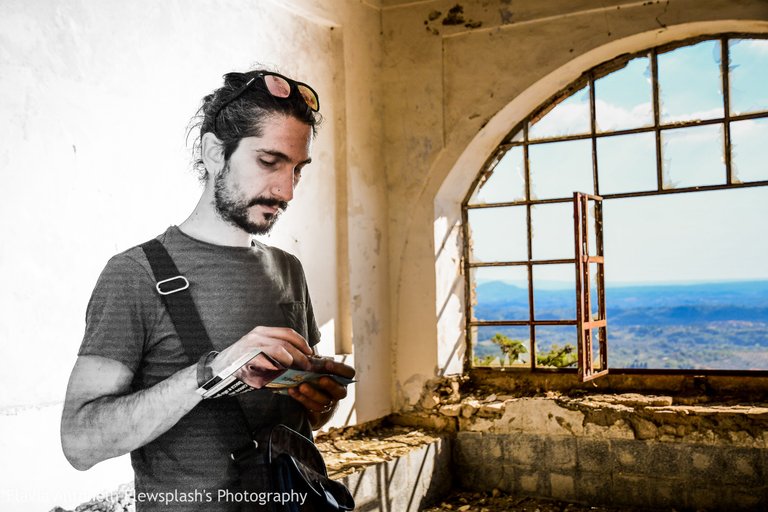

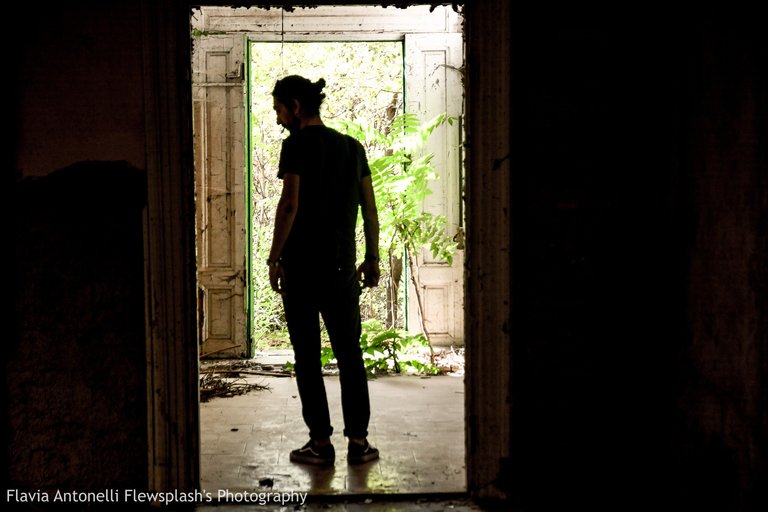
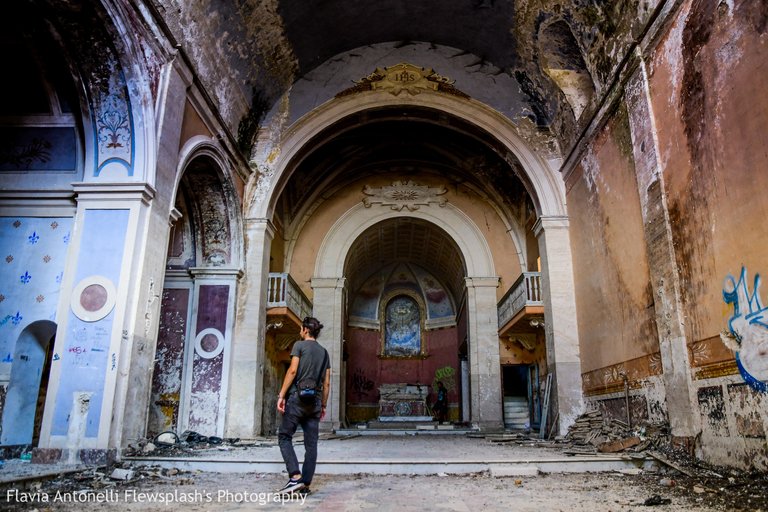
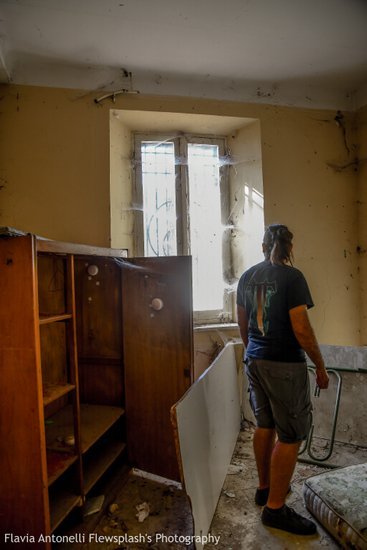
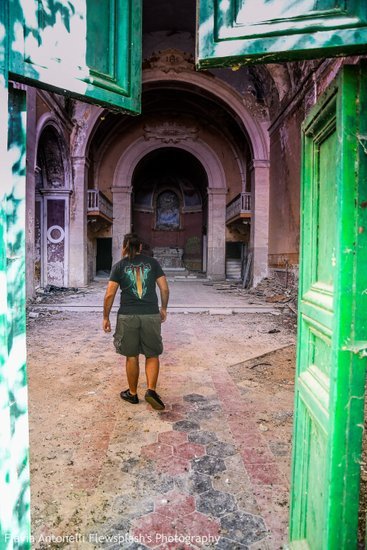
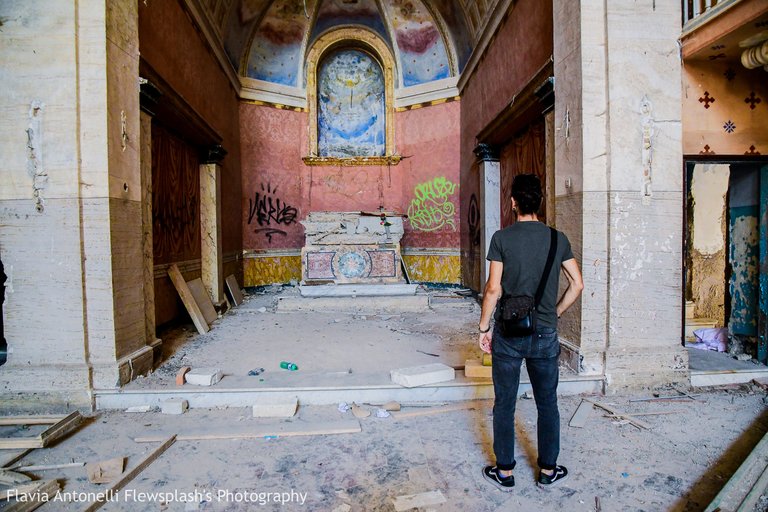
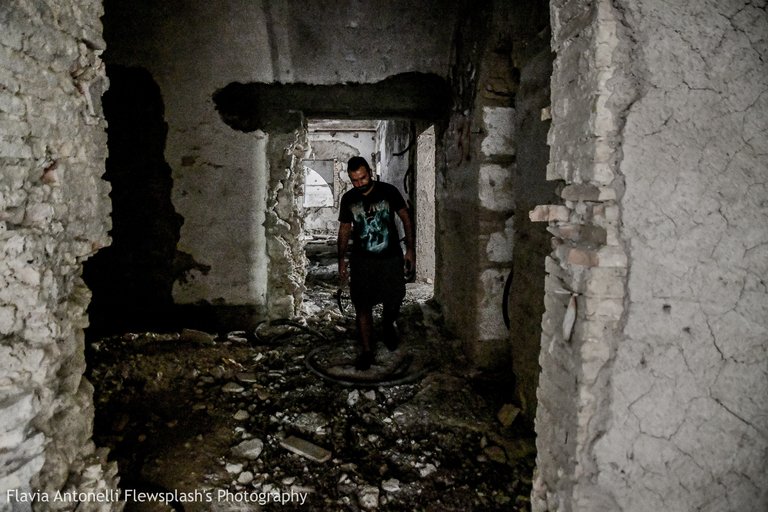

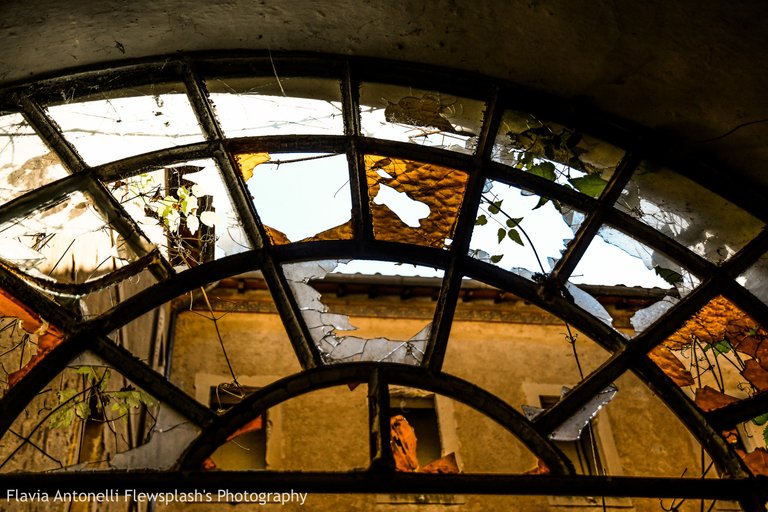
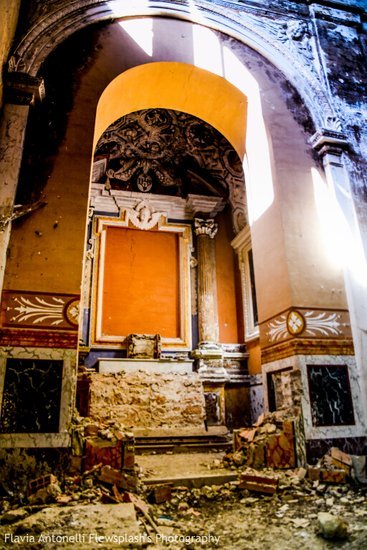
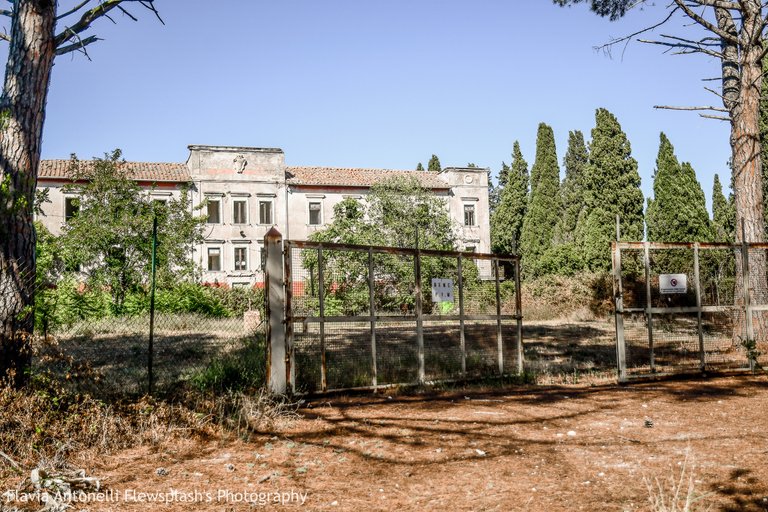
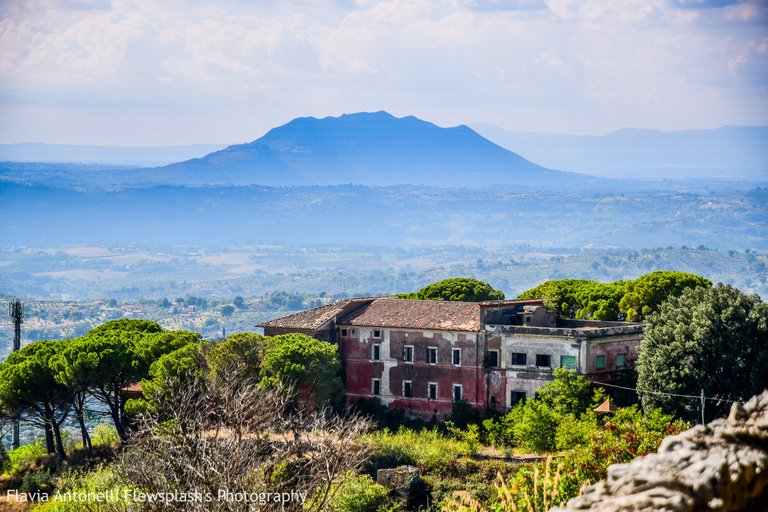
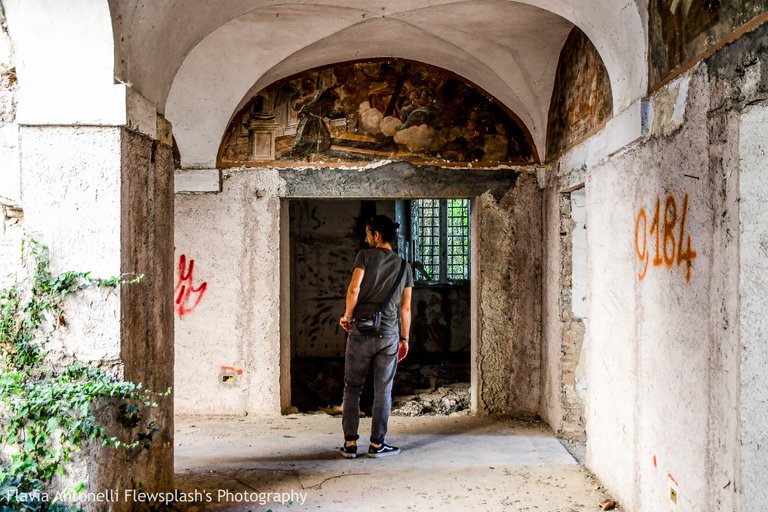
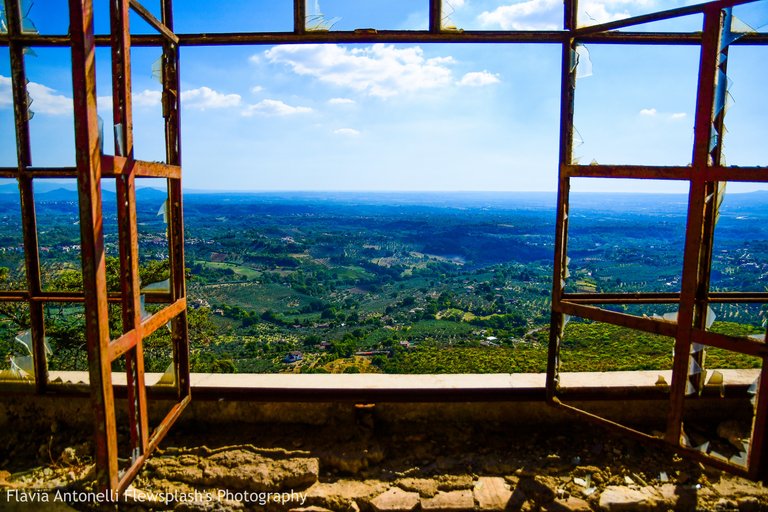

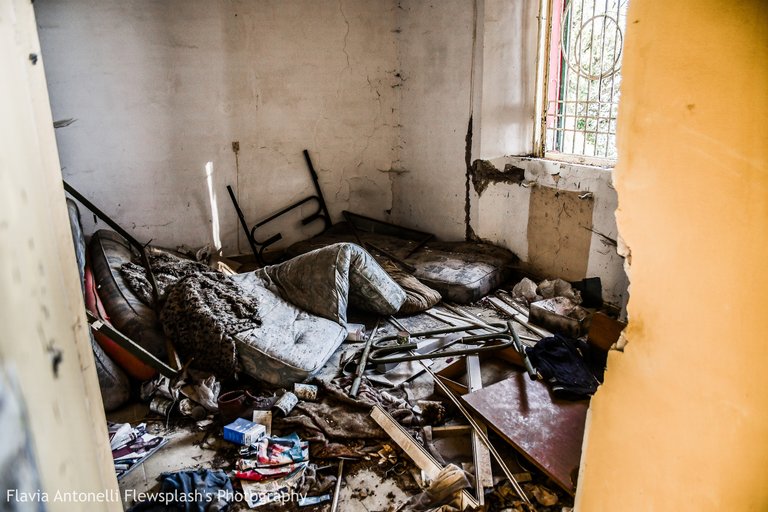

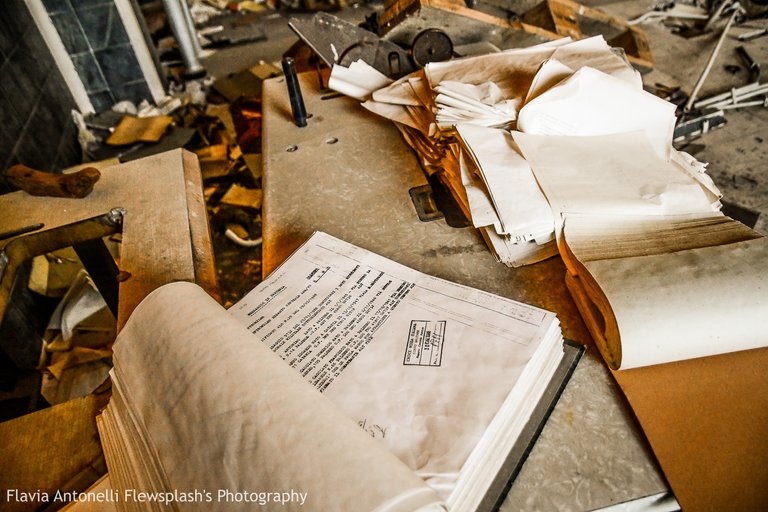
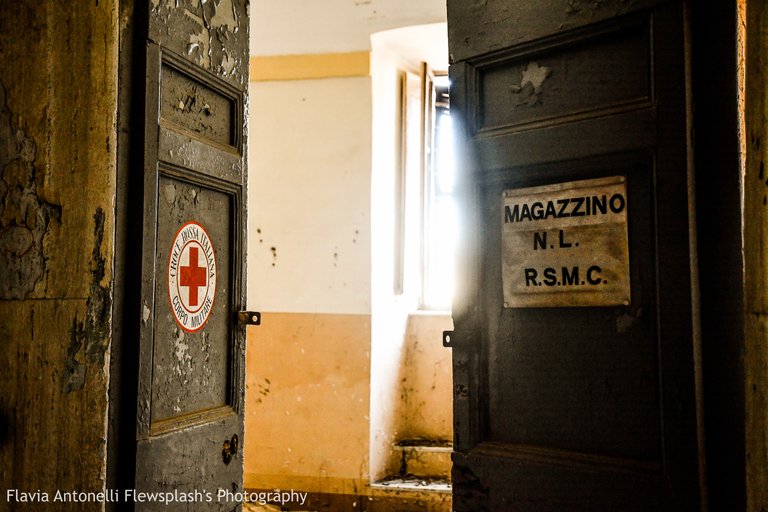
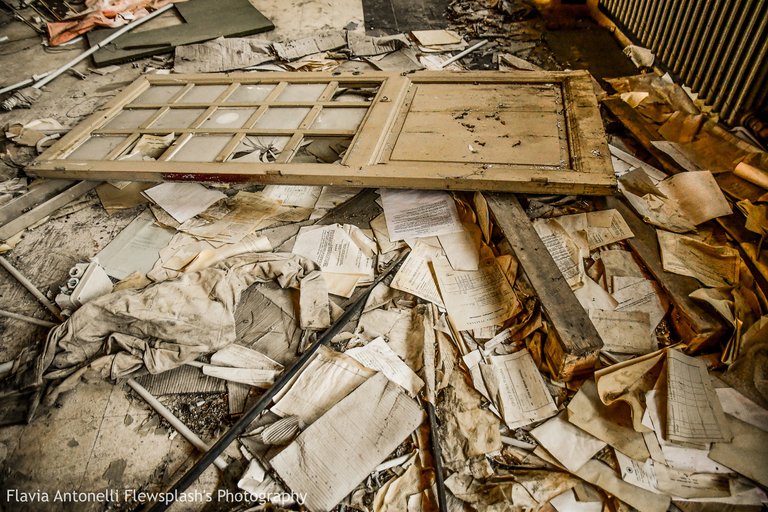
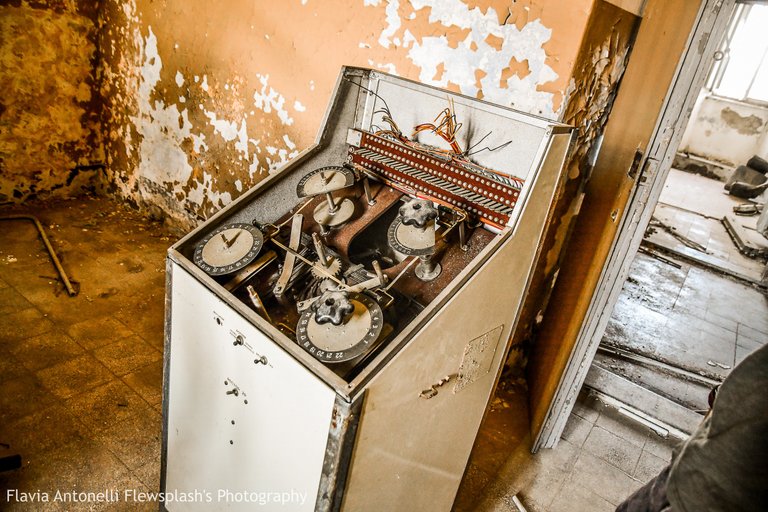
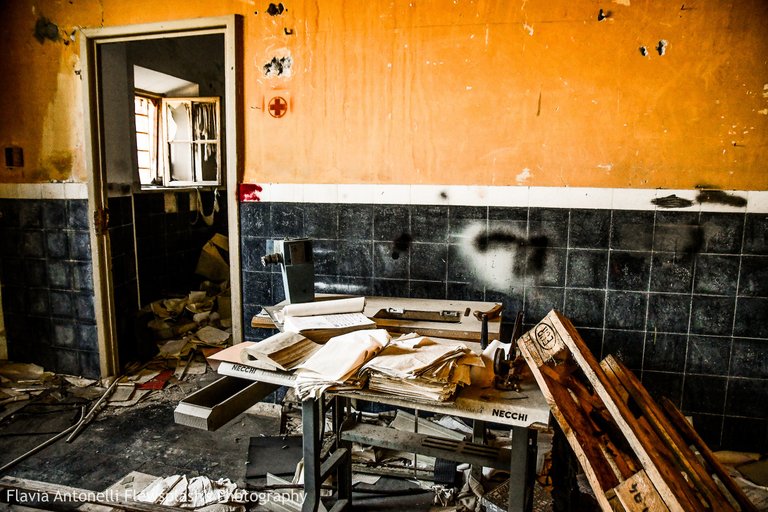
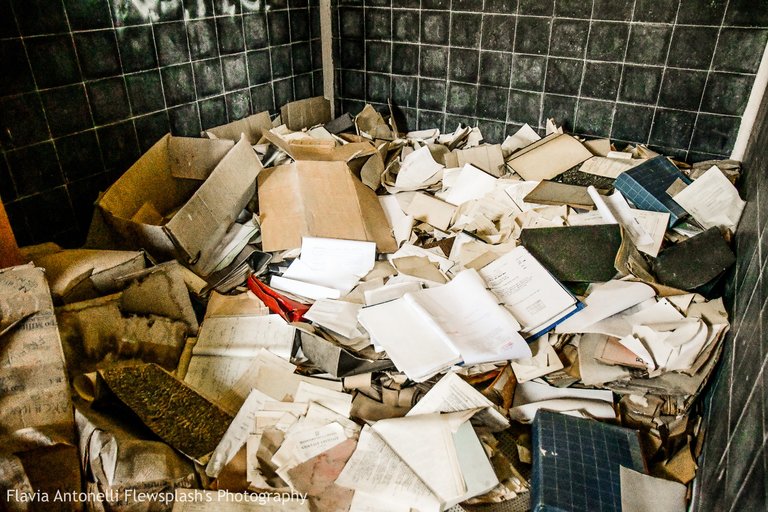
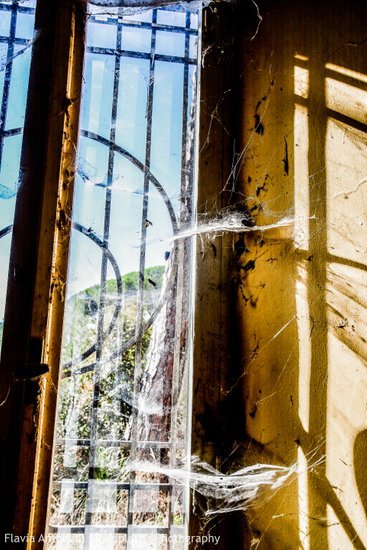
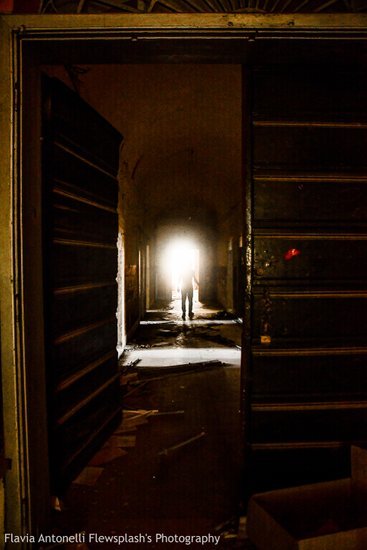

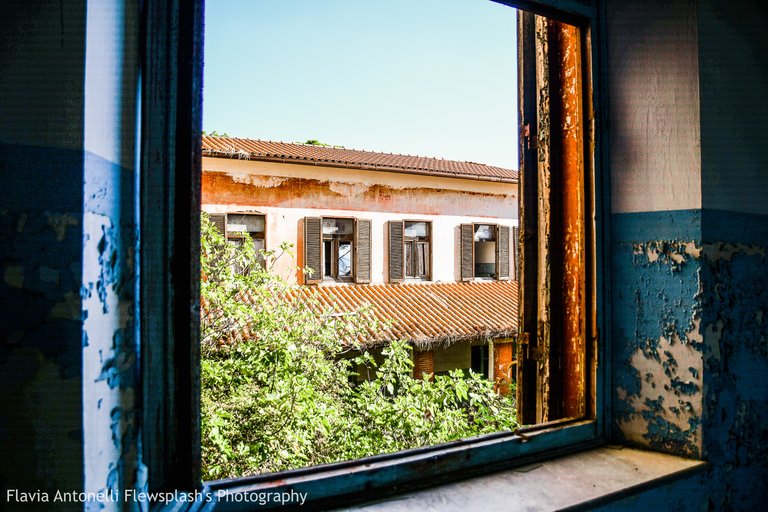
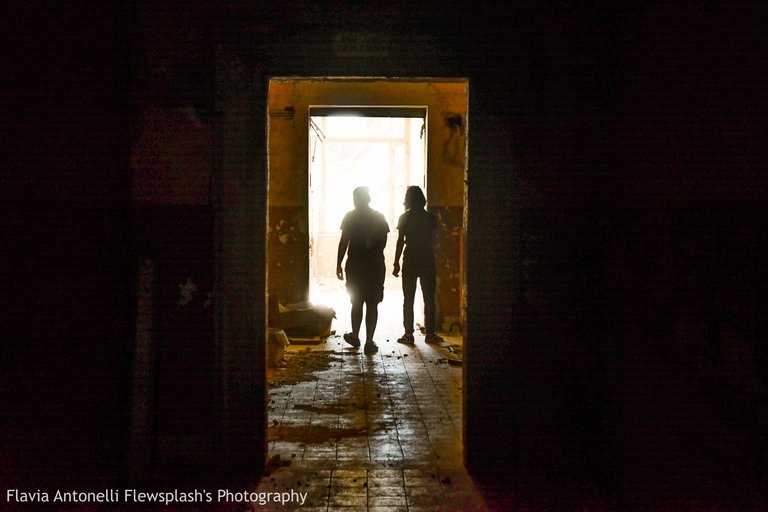
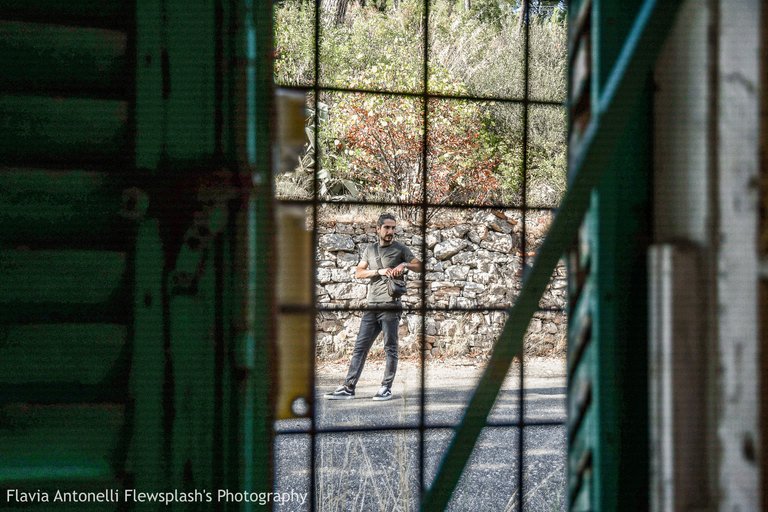
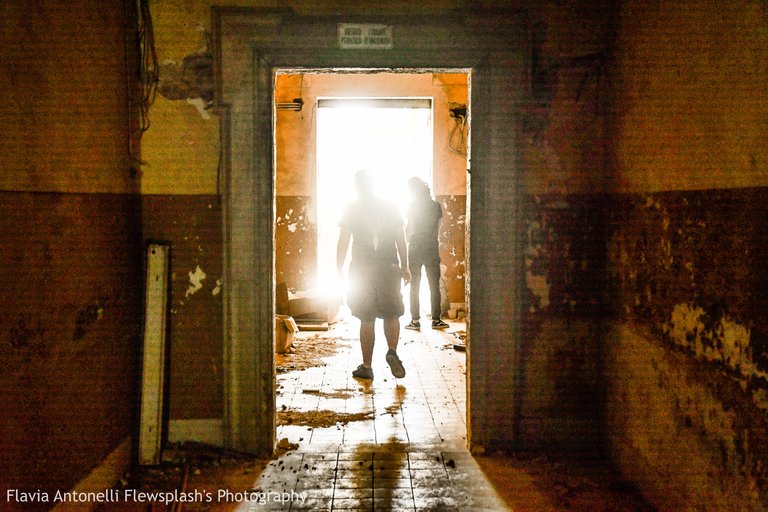
It is fun to walk around and actually notice the visibile signs of all the different functions the buildings had in the various periods of their history. There is a church, many rooms once used as bedrooms for children and patients from the war, there are many storages for official papers from the Military Red Cross, and a lot of other recognizable spaces and things.


































Once we enjoyed completely the visit at the abandoned Red Cross, we went back to the car and drove to the lovely village of Farfa, famous for its indredibly beautiful Abbey. Farfa is a medieval village which still keeps the original look and spirit. Only few people live in there, and they are all very welcoming, always looking forward to guide tourists from literally all over the world.

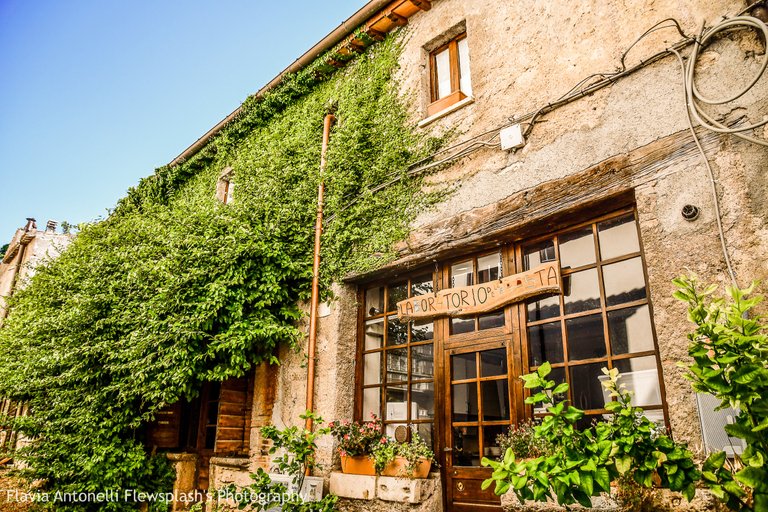
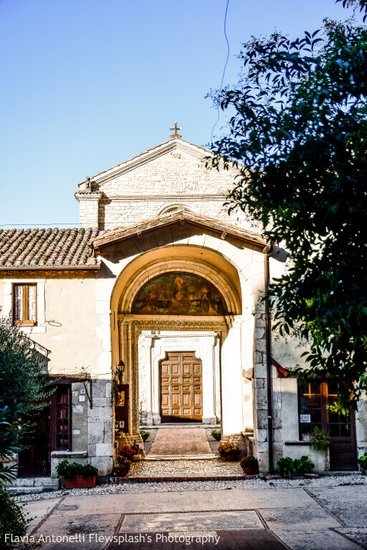
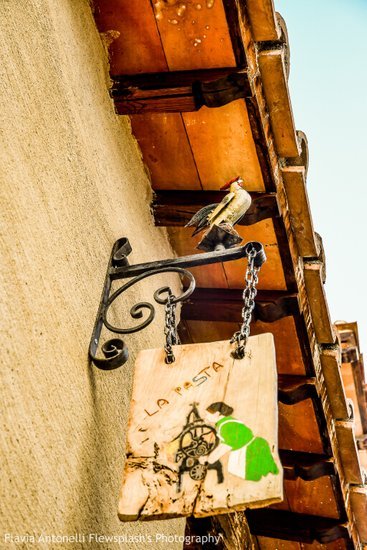
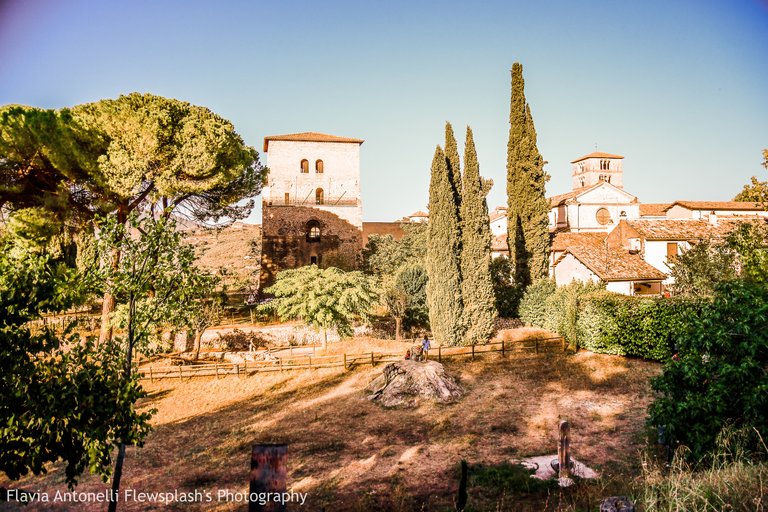

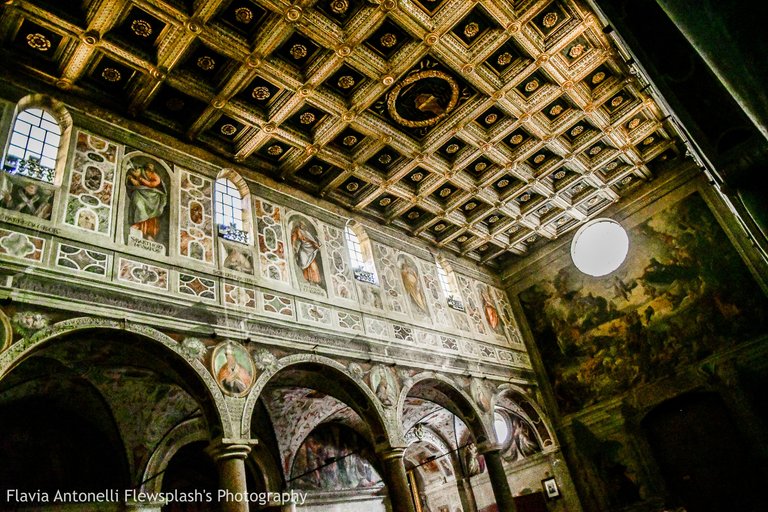
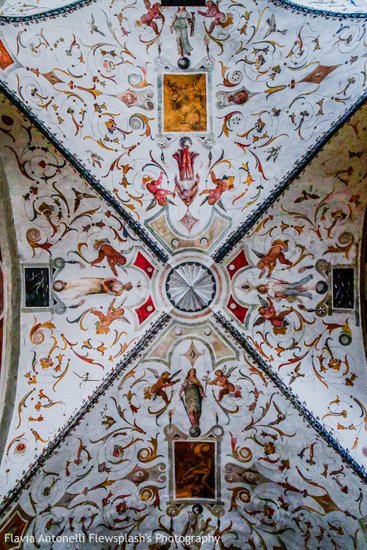

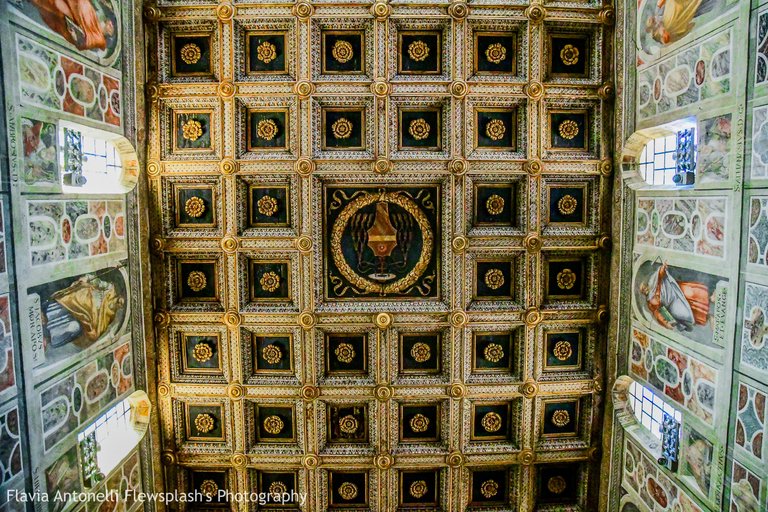
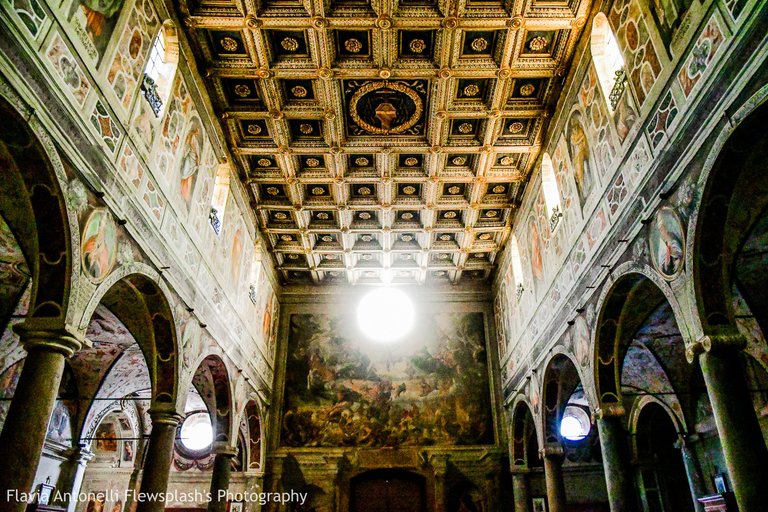

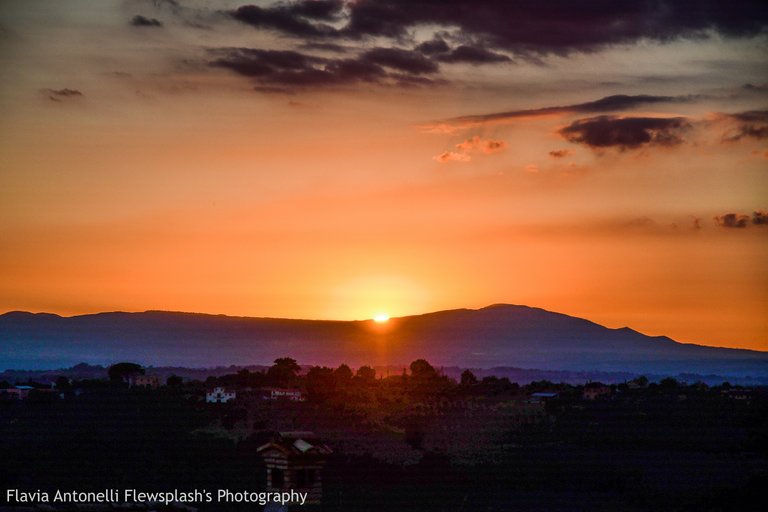
...to close, an outstanding panoramic view on the countryside at sunset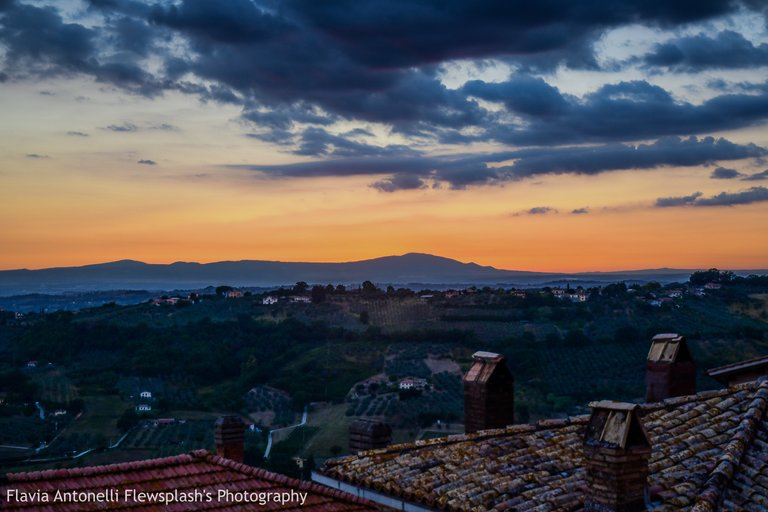
Here's a bunch of shots I took in the village and inside the Abbey













...to close, an outstanding panoramic view on the countryside at sunset

Equipment:
- Nikon D500
- Nikkor Lens 16-85mm
Post-production: Lightroom, soft enhancing of colors and contrast, black and white transitions.
Please, leave a comment with your impressions and I'll reply right away.
Thanks for reading 'till the end - Yours | Flewsplash
Wow, I simply love this location! :) :)
I love it too @delilhavores, everytime it's like the first! You should definitely go visit it when you're around :)
😲
That view of the countryside is spectacular, and all this just outside the bustling city of Rome! It's pretty eerie, though the architecture is supremely characterful, showing all the history that it carries over the decades. I wonder, and am hoping, that someday it'll be restored to its former glory. Cheers for sharing <3
Thank you for your lovely comment, indeed the place is magnificent and it's a real waste, although it looks terrific as it is also a little creepy😅. At the end of the day, I'm sure it's just a matter of money, and the Comune of Fara Sabina can't afford to maintain those buildings or recover them. However, I definitely feel blessed to live in Rome and at the same time having the chance to discover such amazing spots really close to my city 🤗
So far as I know about Italy, there's no such thing as an ugly sight over there 😅. Hopefully, one day I'll have the fortunes and the opportunity to visit Italy, and to see wonderful wonderful places like this. Fingers crossed, someone will come around, and maybe turn this place into a hotel!